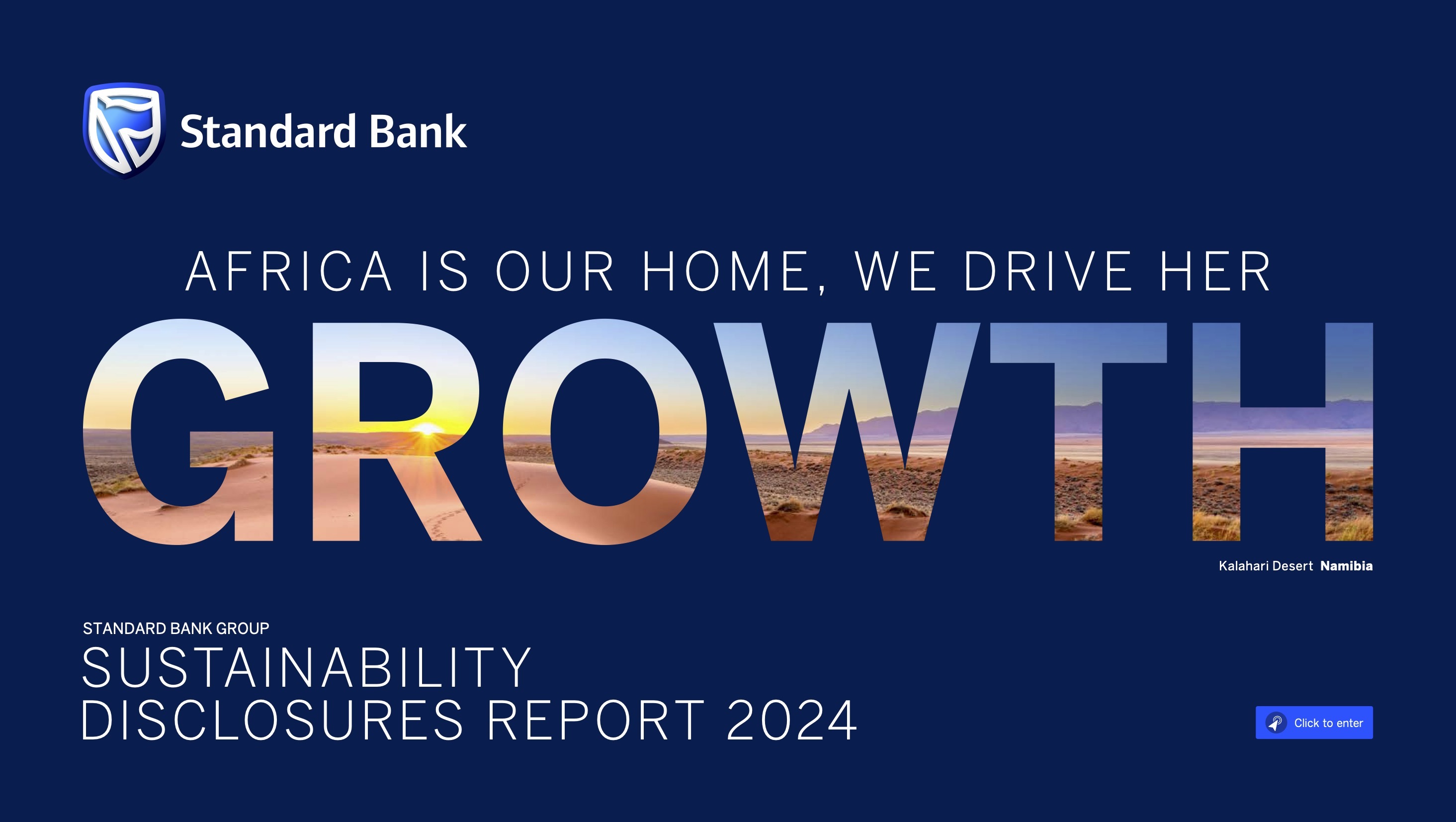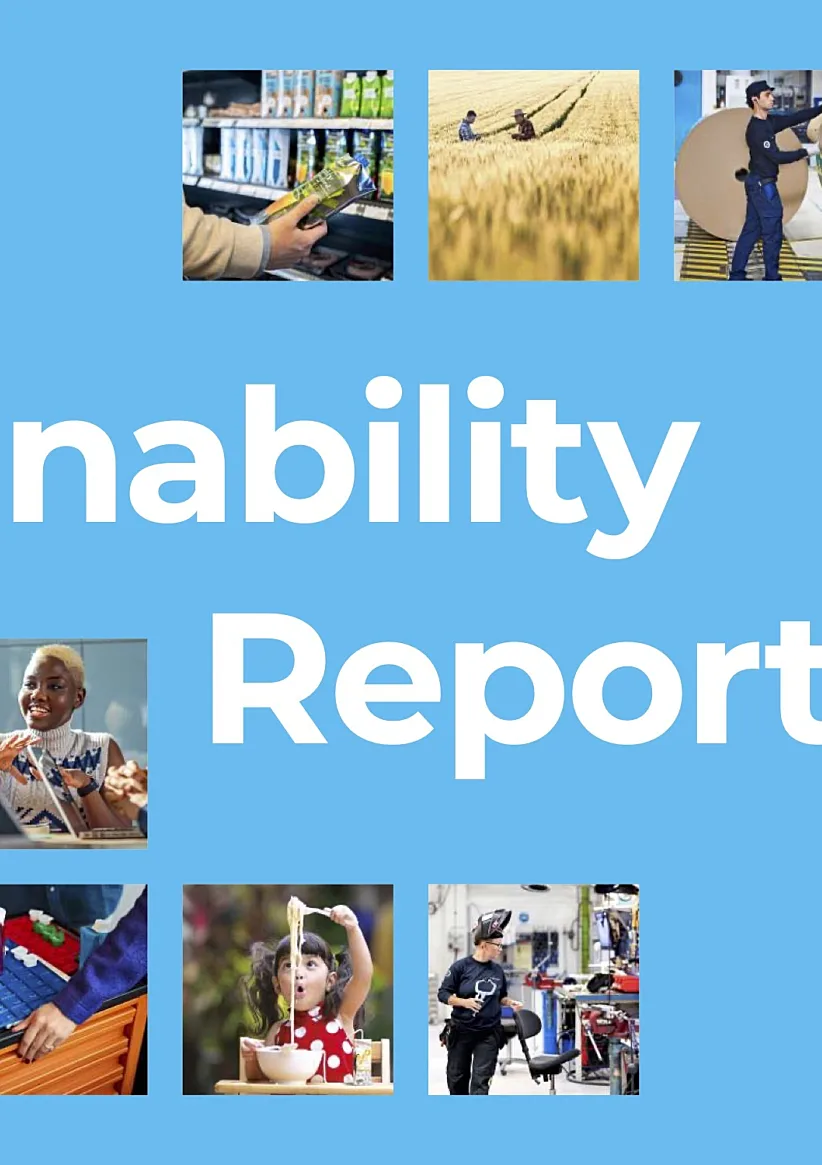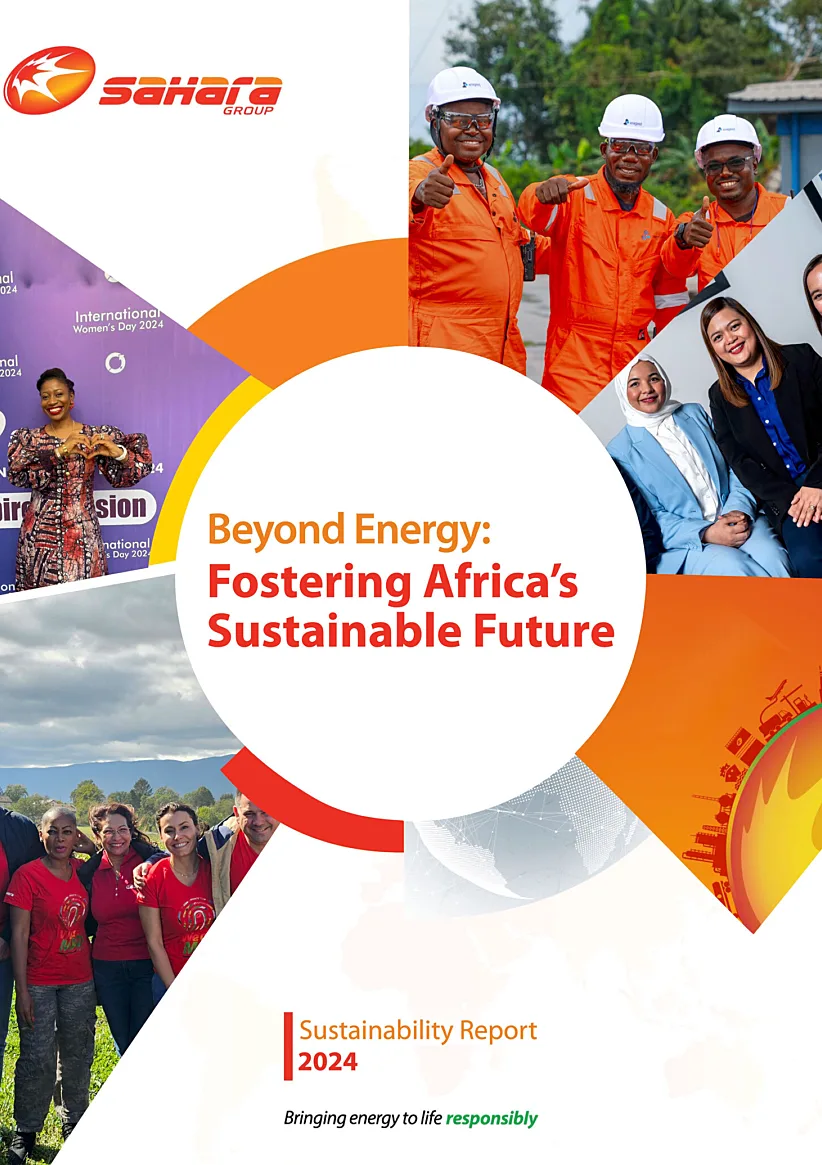Executive Summary
Standard Bank Group (SBG) continues to advance its sustainability agenda across Africa, integrating the United Nations Sustainable Development Goals (SDGs) into its strategy and core operations. The Group prioritizes responsible finance, climate action, and social inclusion through structured policy commitments, robust governance frameworks, and standardized ESG metrics. Board-level oversight, rigorous risk management, and transparent reporting drive performance tracking and facilitate cross-company ESG comparison. The evaluation below offers a concise, evidence-based outline of SBG’s approach, with clear insights and data for automated ESG monitoring and peer benchmarking. SBG’s implementation affirms the United Nations’ definition of sustainability by committing to “meeting the needs of the present without compromising the ability of future generations to meet their own needs”
1. SDG Alignment
- Key SDGs Prioritized: SDG 2 (Zero Hunger), SDG 7 (Affordable & Clean Energy), SDG 8 (Decent Work & Economic Growth), SDG 9 (Industry, Innovation & Infrastructure), SDG 11 (Sustainable Cities & Communities), SDG 13 (Climate Action), SDG 15 (Life on Land).
- Strategy Integration: SDGs are core to the Group strategy, with direct mapping to focus areas: sustainable finance, climate mitigation, infrastructure, financial inclusion, and social impact.
- Geographic Impact: Operations span 20 African countries with intended alignment of SDG performance metrics, and mechanisms to expand consistent sustainability practices groupwide, informed by country-specific priorities and risk assessments.
2. ESG Management
- Governance: ESG oversight at Board level via a Social, Ethics, and Sustainability Committee. Responsibility for implementation is cascaded through executive and business unit leadership.
- Frameworks Used: Global Reporting Initiative (GRI), Sustainability Accounting Standards Board (SASB), Task Force on Climate-related Financial Disclosures (TCFD), UN Principles for Responsible Banking (PRB).
- ESG Policy: SBG’s holistic approach integrates ESG risk into all risk management frameworks, planning, and disclosure regimes.
3. Initial Areas of Impact
- Primary Impact Sectors: Renewable energy finance, green buildings, climate-smart agriculture, financial inclusion, SME development, gender equality initiatives, affordable housing.
- Notable Programs:
- R177.4 billion cumulative sustainable finance mobilization since 2022.
- R2.2 billion climate-smart agriculture financing 2024.
- Over R33.6 billion for infrastructure/sustainable development.
- R7% year-on-year reduction in operational emissions2.
4. Metrics for Definition
- Core Metrics:
- Cumulative sustainable finance: R450 billion target (2022–2028).
- Green finance sub-target: R100 billion (2025–2028).
- Climate-smart agriculture: R7 billion target by 2030.
- Operational emissions: Net zero by 2040 (scope 1 and 2).
- Renewable energy financing and portfolio emissions intensity (kgCO2e/boe, tCO2e/Rm).
- Baselines and Timeframes: 2022 baseline for finance mobilization; 2023/2024 for portfolio emissions and climate targets.
5. Areas of Focus
- Future Priorities:
- Accelerate sustainable/green finance and social finance products.
- Expand renewable energy, efficiency investments, and grid resilience.
- Strengthen climate-smart agriculture and SME empowerment.
- Deepen SDG-targeted client engagement and country-level impact alignment.
- Enhance automation and granularity of ESG data for improved reporting and comparability.
6. Materiality Concepts
- Material Priorities: Financial inclusion, business/job creation, climate mitigation, and infrastructure development.
- Alignment and Impact: Annual double materiality assessments inform governance, with policies adapted to stakeholder and regulatory expectations. Material issues guide risk, opportunity, and capital allocation.
7. Sustainability Risk Management Concepts
- Risk Approach: ESG risks are embedded in credit, market, and operational risk frameworks. Enhanced due diligence applies to high-impact sectors (oil, gas, coal).
- Key Risks and Controls:
- Physical: Extreme weather, water scarcity, biodiversity loss.
- Transition: Policy changes, carbon pricing, reputation.
- Controls: Sector-specific thresholds, scenario analysis, and client engagement for mitigation plans.
8. Sustainability Strategy Concepts and Management
- Strategy Definition:
- Align all activities to UN SDGs and Paris Agreement.
- Integrate sustainability into lending, investing, and operations.
- Management Approach:
- Board/committee oversight for target setting and monitoring.
- Sector roadmaps and KPI’s for high-impact areas.
- Periodic revision and stakeholder engagement to refine strategy.
- Digital platforms to strengthen reporting and client data collection.
Recommendations for Further Improvements
- Further develop cross-country ESG metric harmonization.
- Expand third-party assurance over broader sustainability KPI’s.
- Increase transparency on progress in alignment with global reporting frameworks.





